Augmentation canal breaches becoming a new normal in Haryana
On May 17, 2020, the residents of Ranwar village in Karnal woke up to find their village surrounded by a gushing water current, which was fast entering their homes. The cause of the flooding was a breach in the augmentation canal running close to the village
On May 17, 2020, the residents of Ranwar village in Karnal, Haryana, woke up to find their village surrounded by a gushing water current, which was fast entering their homes. The cause of flooding was a breach in the augmentation canal running close to the village.
The incident was allegedly caused by a small hole at the 60.200 point on the left bank of the canal at around 03.00 AM. It gradually turned into a 40-50 feet wide breach by afternoon on the same day. Before the local administration could swing into action, around 250 acres of farmlands around the village were flooded.
The breach was fully plugged after 35 hours, at around 02:00 PM on May 18, 2020. But the water had already spread as far as 4 km into the area, which resembled a huge lake. The administration had to deploy pumps to remove water from the stagnant pools into Drain Number 1.
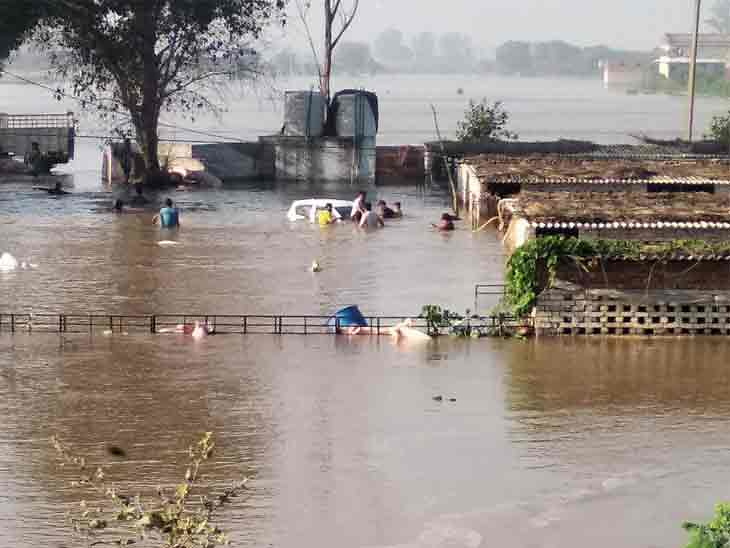
Villagers’ life severely affected
The Ranwar village area went under 3-4 feet water following the breach impacting about 12,000 residents. The belongings of several villagers, including home appliances, furniture, food grain, and fodder, have been completely destroyed due to the flooding. Waterlogging also disrupted essential services of water, power, roads, school, and ATMs for a long duration.

The villagers were so terrified that they were forced to spend the night of May 17 on their rooftops. They were worried that their houses would collapse as several of them had developed cracks. The waterlogging also forced them to shift their belongings to the rooftops and other elevated places. About 10 families had to be evacuated from the area. A kutcha (roof thatched) house was razed down and there were two incidents of non-poisonous snake bites.
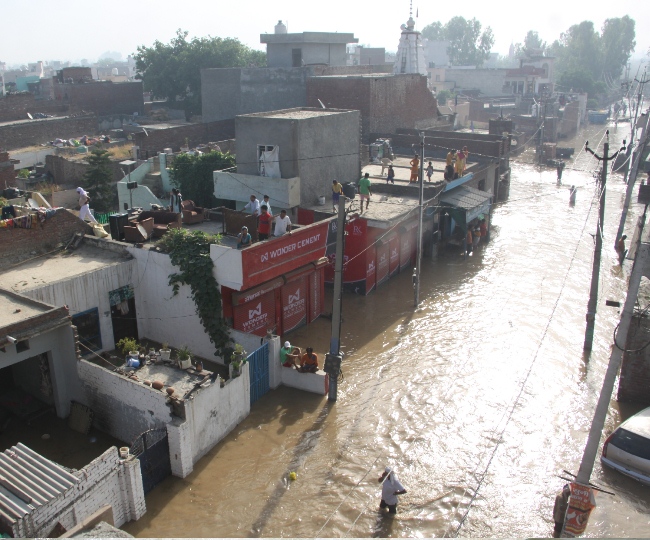
The brick kiln habitats close to the breach point were the worst hit. Similarly, the poultry and pig farms built close to the canal have suffered losses. Some farm animals have reportedly died. The water current was so strong that it destroyed a part of the road leading to Uncha Samna village. The water also reached the fields of nearby Gajon and Uncha Samna villages affecting the vegetable crops and the medical college campus in the Kuntel village.
Water shortages in South Haryana
The augmentation canal water is reportedly supplied to the Bhiwani, Rewari, and Gurugram areas in South Haryana. After the breach, the water was diverted into the Western Yamuna Canal (WYC) from the Hamida Head in Yamuna Nagar and also in the Yamuna river from Hathini Kund Barrage to plug the breach. As a result, the canal-dependent areas suffered water shortages, which were compensated through the Bhakara canal water joining the Yamuna canal system at the Munak head in Karnal.
Causes of breach
As per Nishant Kumar Yadav, the deputy commissioner, the initial findings revealed that the breach was caused by a weak lining of the canal.
Blaming the Irrigation Department for the destruction, the villagers alleged that the canal was running brim-full most of the time while its banks had developed several weak patches over the years, but the authorities had not taken the matter seriously.
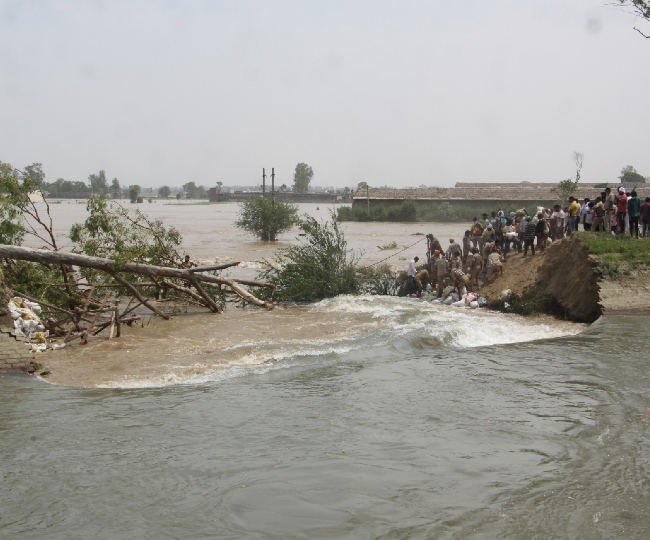
On the other hand, Navtej Saini, executive engineer, Irrigation Department, blamed a hole created by tree roots leading to the breach. He also stated the canal renovation work, costing around Rs 489 crore, was under the tendering processes, which has been delayed on the account of the lockdown.
As per another report, the augmentation canal was built to carry 4,500 cusecs water, but for the want of maintenance, its capacity has reduced, and presently it was transporting 3,200 cusecs water.
Plan to divert more water into the augmentation canal
Notably, the state government has been proposing to increase the capacity of the augmentation canal from 4,500 cusecs to 6,000 cusecs, and to increase the capacity of the WYC from 15,500 cusecs to 17,530 cusecs by the end of 2021 or early 2022 at a cost of Rs 604 crore.
Under the plan, the 67-km long augmentation canal branching off from the WYC at the Hamida Head, Yamuna Nagar to again merging into the WYC at Munak Head, Karnal has to be deepened and widened by reconstructing both the banks.

More and more water diversion is taking place into the augmentation canal while the WYC is being neglected between Hamida Head and Munak Head. Facing groundwater depletion, and the resultant effect on the irrigational services in the areas adjoining the WYC in this stretch, local farmers had, in early February 2020, warned the department of a stir if their demands of water release in equal amount in both the canals were ignored anymore.
Canal breaches becoming a new normal
To run a couple of hydro projects on the augmentation canal, the government has been allocating more water into it, which has also caused breaches in the past.
In one such incident in April 2015, a 75-feet wide breach on the right bank of augmentation flooded vast tract of agricultural land in the Yamuna Nagar.
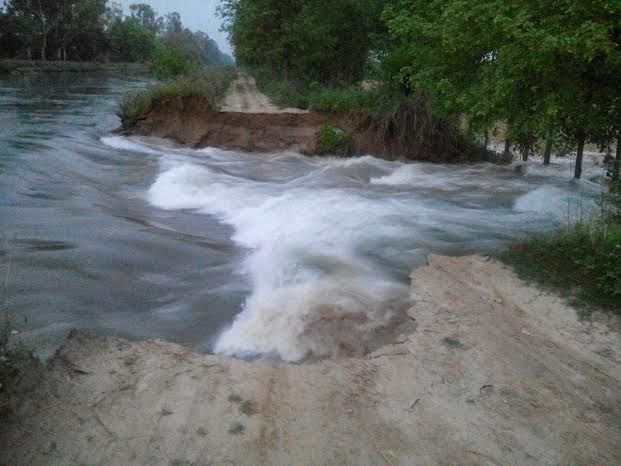
The canal again breached in the same area in May 2018 damaging the cropland. The farmers had informed the Irrigation Department in advance about the cracks, which were not plugged properly leading to the breach.
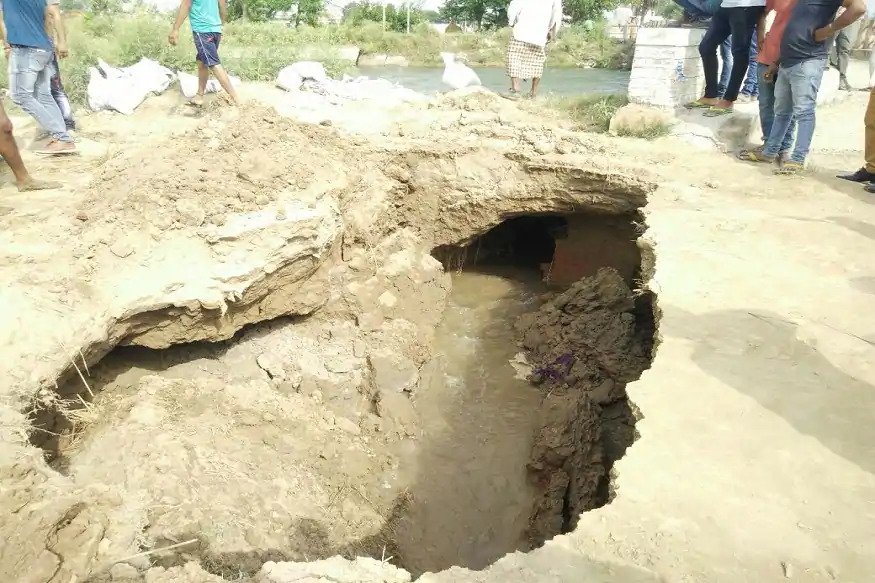
Then in July 2018, the augmentation canal developed leakages around the Nachroun area of Yamuna Nagar district causing panic among villagers and threats to farming land.

In September 2018, a part of the WYC had breached near Shekhpura village, flooding several villages and a huge agricultural area. The farmers, at that time, had blamed illegal mining at the canal responsible for the incident.
The government needs to adopt a holistic approach and course correction
Going by the reports, it has emerged that the structure of the augmentation canal has been getting weak at several places in the absence of maintenance by the Irrigation Department. Despite this, more and more water is diverted into the canal to run the small hydro projects and to save the seepage losses. On the other hand, the WYC, with more accommodating capacity, is being kept running dry.
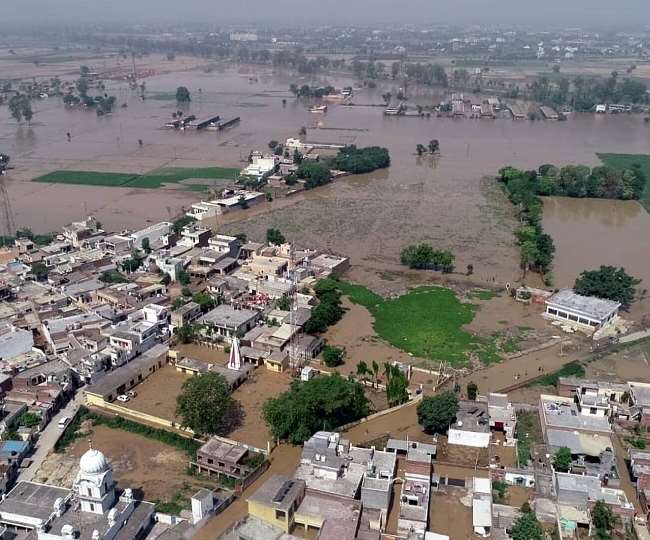
While the frequent breaches in the augmentation canal have been flooding farming land in the command area, farmers along the WYC have been suffering a lack of water. The government’s plan to increase the capacity of both the canals to transfer more water in the faraway areas are unwarranted, unjustified and unsustainable as the Yamuna river, the source of water, has been turning seasonal on the account of the excessive diversion into the canals. The villagers and farmers along the river are suffering in the process. Unless the government corrects its course, adopts to local water-harvesting options and crop diversification, such breaches are going to become inevitable.
This article has been sourced from SANDRP. You can read the original article here.

